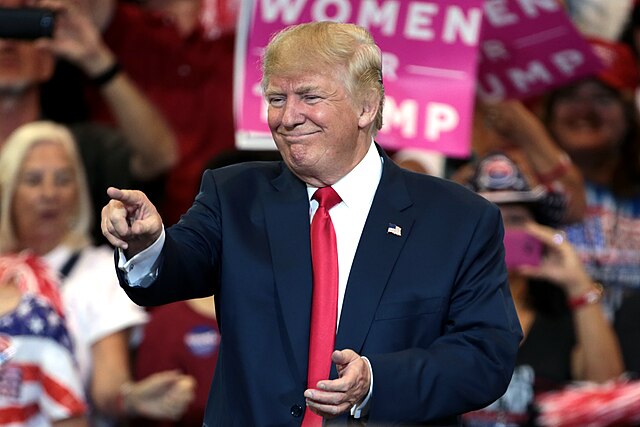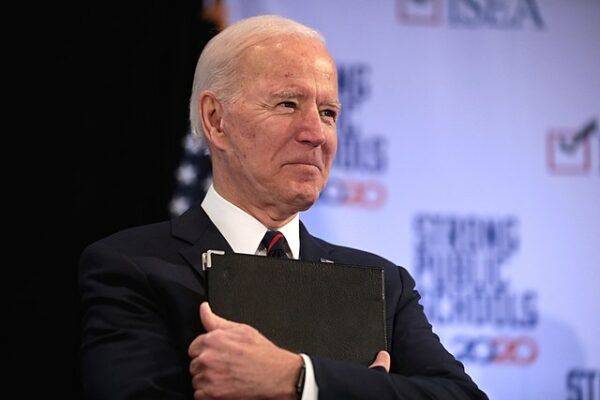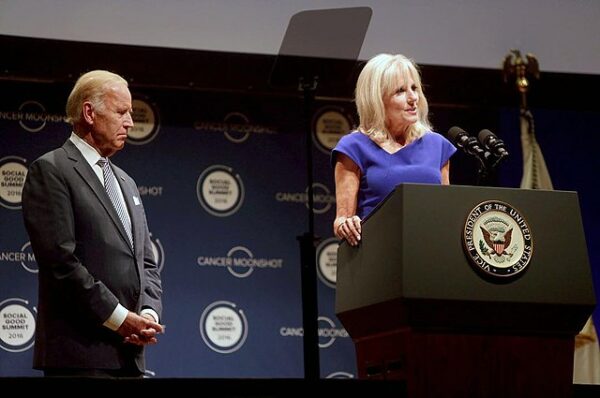Former President Donald Trump’s path to an electoral victory against Vice President Kamala Harris is becoming increasingly narrow, according to political experts. With demographic shifts and changing voter priorities reshaping the electoral landscape, both candidates face significant challenges. Trump’s campaign strategy, focused on reigniting the fervor of his 2016 base, will need to address the concerns of moderates and independents if he hopes to succeed. Meanwhile, Harris must solidify her support among key Democratic voting blocs while also winning over swing voters, a balancing act that could prove crucial in such a closely contested election.
Political analysts point to Pennsylvania as the potential tipping point in this race. As a perennial battleground state with 19 electoral votes, Pennsylvania’s diverse electorate—ranging from blue-collar workers in the Rust Belt to suburban professionals—reflects the broader national divide. Winning Pennsylvania has often been a key to presidential success, and both campaigns are expected to pour significant resources into the state. With its history of flipping between parties in recent elections, experts agree that whichever candidate secures a victory in Pennsylvania could very well clinch the presidency.
The outlet spoke to several political prognosticators, who said the Keystone State would live up to its name.
Pennsylvania carries the most weight across all seven battleground states with 19 electoral votes and with 12 of the 15 past presidents securing their victories with help from the state. Trump and Harris are now neck and neck in Pennsylvania, and which candidate voters feel will best handle the economy could be the deciding factor for who wins the state, experts told the DCNF.
“I think whoever wins Pennsylvania wins the presidency,” Jon McHenry, a GOP polling analyst and vice president at North Star Opinion Research, told the DCNF. “Yeah, there are other ways to put all the pieces together. But the math winds up being fairly hard for Trump if he doesn’t pull off Pennsylvania.”
“In the simplest terms, it’s the largest swing state,” McHenry told the DCNF. “To replace those 19 electoral votes, you’ve got to put together North Carolina and Nevada or Georgia and Wisconsin. There are other ways to replace it, but it’s a closely divided state. I’d be surprised if someone wins it by more than two points one way or the other.”
“Harris is leading in national polls, but is very close in certain state polls,” Dheeraj Chand, a Democratic strategist, told the DCNF. “It’s those state polls that will be important in this election. And I think Pennsylvania is one of those.”
A recent poll conducted by the New York Times, Philadelphia Inquirer, and Siena College shows Harris holding a lead over Trump in Pennsylvania.
The New York Times writes, “We have our first two polls since last week’s presidential debate: one national poll and one poll of Pennsylvania.
Combined, they’re a bit of a puzzle.
In the national poll, Kamala Harris and Donald J. Trump are tied among likely voters, 47 percent to 47 percent — a slight gain for Ms. Harris since our last national survey, taken immediately before the debate.
At the same time, Ms. Harris had a four-point lead in a New York Times/Philadelphia Inquirer/Siena College poll of Pennsylvania, 50 percent to 46 percent. “
The newspaper concluded that it “could simply reflect the normal variation of polling results, it may also point to a declining Trump edge in the Electoral College.”
Trump will be returning to campaign in Pennsylvania next week.
[Read More: Jill Biden Is Running The White House?]










